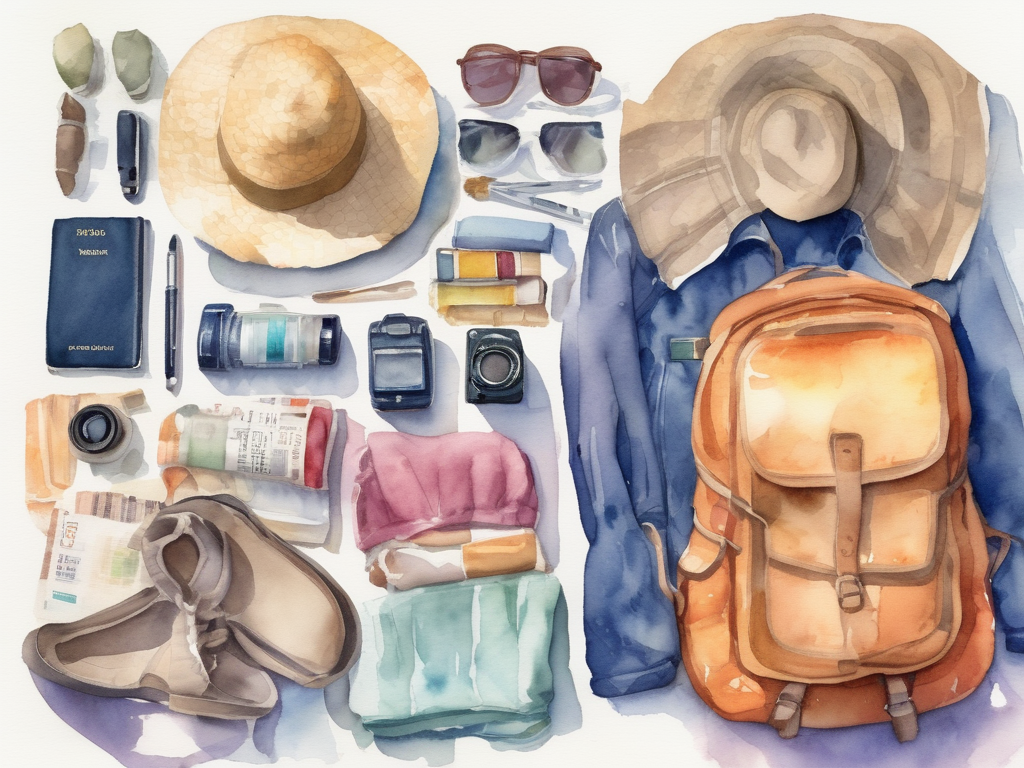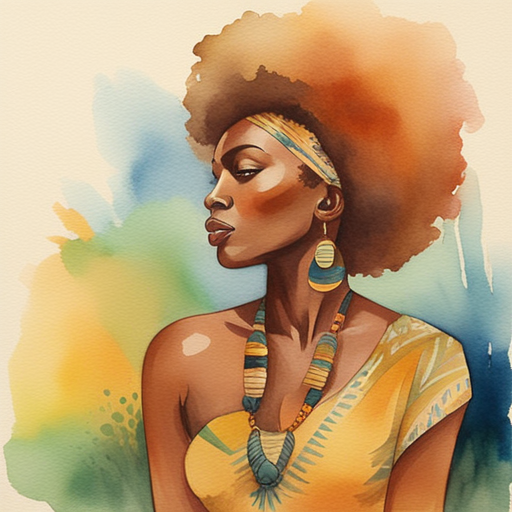Solo female travel has surged 600% in recent years, with 76% of Millennial and Gen Z travelers planning solo trips in 2025. This comprehensive guide provides region-specific packing essentials, cultural considerations, and safety gear to help you pack confidently for any destination worldwide.
Universal Packing Essentials for Solo Female Travelers
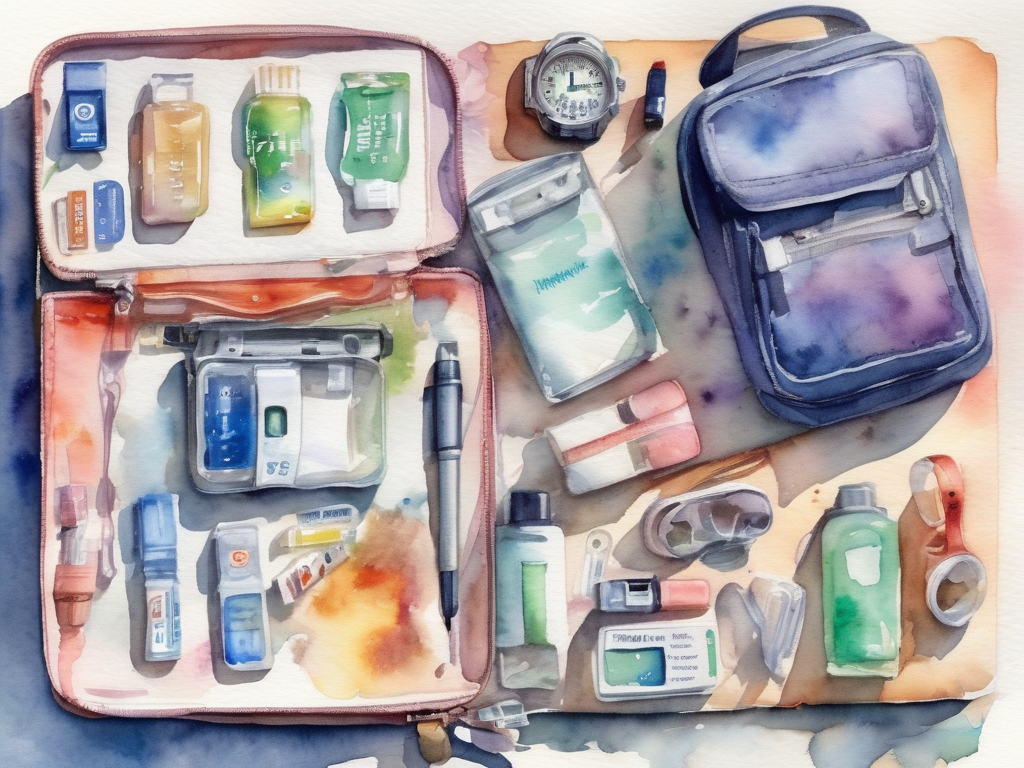
Before diving into regional specifics, every solo female traveler should pack these essentials regardless of destination. According to the 2024 Solo Female Travel Report, 66% of women cite personal safety as their top concern when traveling alone.
Safety Essentials
- • Personal safety alarm - Legal everywhere, unlike pepper spray which is banned in many countries
- • Portable door lock - Extra security for hotel rooms and Airbnbs
- • Anti-theft bag - 37% of solo female travelers use these for peace of mind
- • Money belt or hidden pouch - Keep valuables secure and accessible
- • Sturdy padlock - Essential for hostel lockers and securing belongings
Health & Hygiene
- • Menstrual cup or tampons - Especially important in regions with limited availability
- • Basic first aid kit - Band-aids, pain relievers, anti-diarrhea medication
- • Prescription medications - Bring extra and carry prescriptions
- • Sunscreen SPF 30+ - Essential for every climate and region
- • Hand sanitizer - Crucial for health and hygiene anywhere
Technology & Communication
- • Portable phone charger - Stay connected for safety and navigation
- • Universal adapter - Research plug types for your destinations
- • Offline maps downloaded - Google Maps and Maps.me work without internet
- • Translation app - Google Translate works offline with downloaded languages
- • Emergency contacts list - Digital and physical copies
- • Travel insurance documents - 55% of solo female travelers always purchase insurance
Europe: Style Meets Practicality
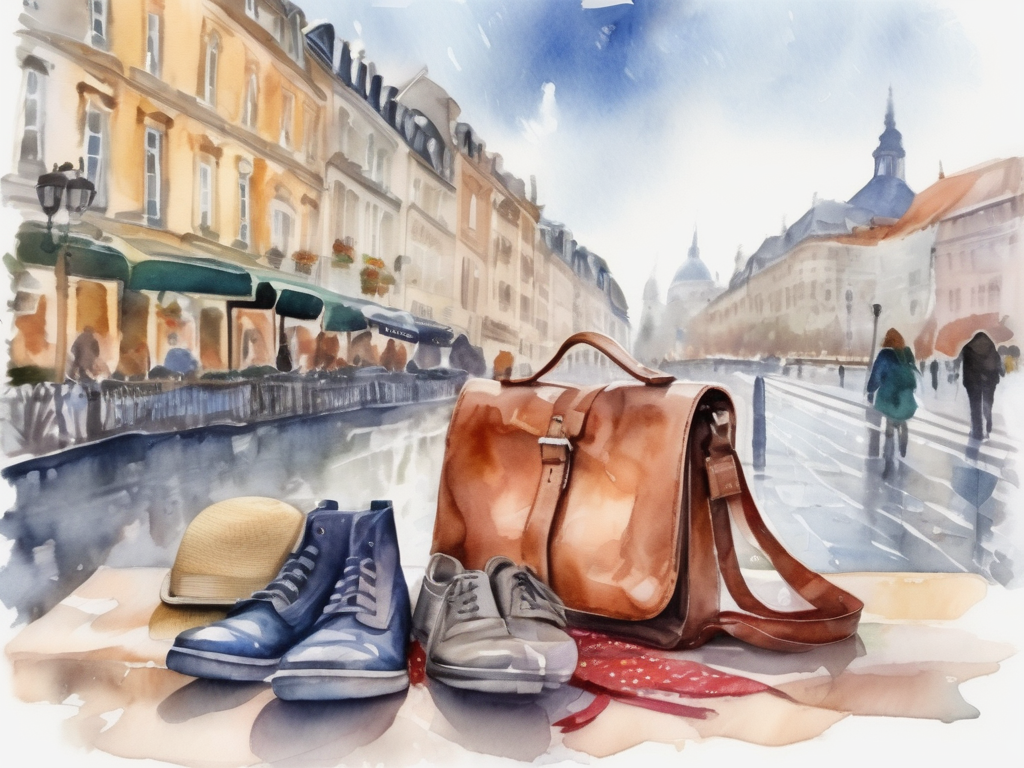
Europeans dress more formally than many other regions, making it important to pack accordingly. According to Rick Steves' Europe travel guide, avoiding athletic wear and logos helps you blend in and reduces unwanted attention.
Climate Considerations
Spring/Summer (March-August)
- • Light, breathable fabrics
- • Waterproof jacket with hood
- • Comfortable walking shoes (avoid heels on cobblestones)
- • Light cardigan for cool evenings
- • Umbrella for sudden showers
Fall/Winter (September-February)
- • Warm coat and waterproof outer layer
- • Wool or fleece layers
- • Waterproof boots with good traction
- • Scarf, gloves, and warm hat
- • Thermal underwear for Northern Europe
Essential European Clothing
- Dark jeans or trousers - Versatile and stylish
- Neutral-colored tops - Easy to mix and match
- One nice dress - For dinners and cultural sites
- Comfortable walking shoes - White sneakers are popular
- Closed-toe shoes - For cobblestones and formal venues
- Light scarf - For style and covering shoulders in churches
Cultural Considerations
- Church visits - Shoulders and knees must be covered
- Dining out - Dress up more than you would at home
- Avoid athletic wear - Leggings, gym shorts, and team logos stand out
- Quality over quantity - Europeans prefer well-made basics
- Neutral colors - Black, navy, gray, and beige are safe choices
Asia: Cultural Sensitivity and Climate Adaptation
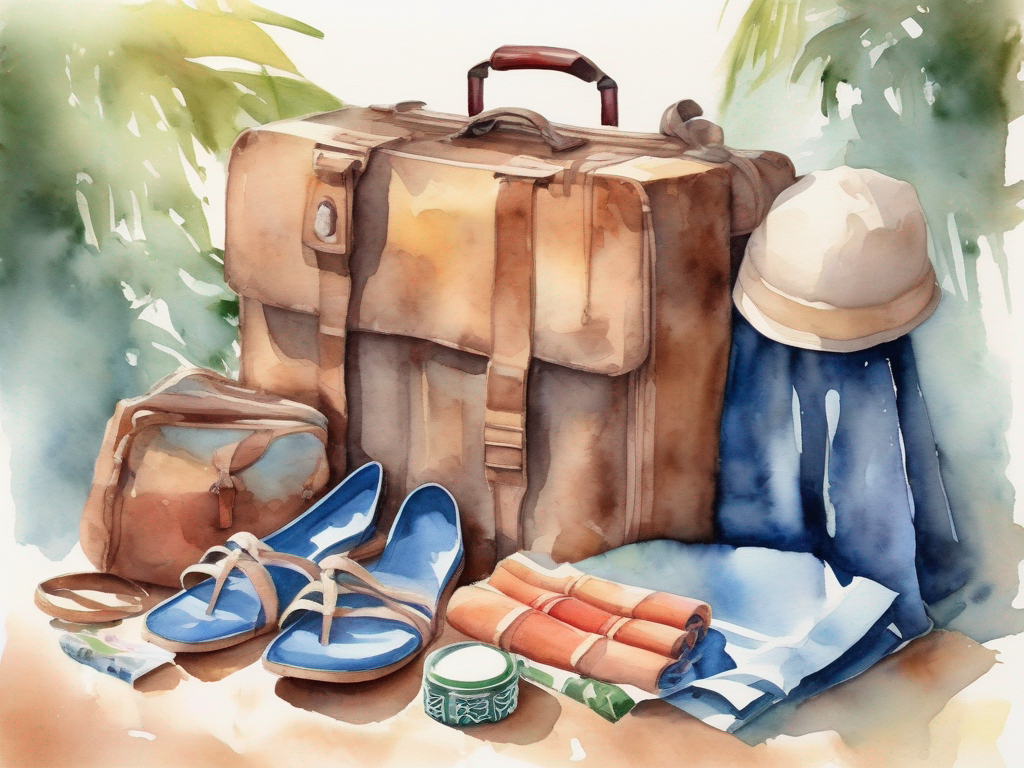
Asia's diverse climates and cultures require careful consideration. In many Asian countries, modesty is highly valued, and according to Southeast Asia travel experts, covering shoulders and knees is essential for temple visits and cultural respect.
Regional Climate Zones
Southeast Asia
Hot and humid year-round with monsoons
- • Lightweight, breathable fabrics
- • Quick-dry clothing
- • Rain jacket or poncho
- • Sandals that dry quickly
East Asia
Four distinct seasons with varying temperatures
- • Layerable clothing
- • Warm jacket for winter
- • Comfortable walking shoes
- • Light sweater for air conditioning
South Asia
Hot climate with monsoon seasons
- • Cotton and linen fabrics
- • Long sleeves for sun protection
- • Waterproof gear for monsoons
- • Closed shoes for dusty areas
Modest Dress Requirements
- Long pants or skirts - Essential for temple visits
- Shirts with sleeves - Tank tops often not appropriate
- Lightweight scarf - For covering head or shoulders when required
- Closed-toe shoes - Easy to slip off for temple visits
- Sarong - Multipurpose for beach, temple, or emergency coverage
- Avoid tight clothing - Loose-fitting garments are more respectful
Practical Asia Essentials
- Mosquito repellent - Dengue and malaria prevention
- Microfiber towel - Quick-dry for humid climates
- Flip-flops - Easy temple shoe removal
- Reusable water bottle - Hydration in hot climates
- Wet wipes - For sticky, humid conditions
- Laundry detergent sheets - Easy hand washing
Country-Specific Tips
Japan
- • Dress neatly - appearance matters greatly
- • Avoid showing shoulders in traditional areas
- • Comfortable shoes for lots of walking
- • Layers for seasonal temperature changes
India
- • Long sleeves and pants recommended
- • Bright colors are welcomed
- • Scarf for head covering when required
- • Sturdy shoes for uneven surfaces
Africa: Sun Protection and Cultural Respect
Africa's diverse climates range from Mediterranean to tropical to desert. According to travel experts, modest dress is important throughout the continent, and sun protection is crucial due to intense UV exposure.
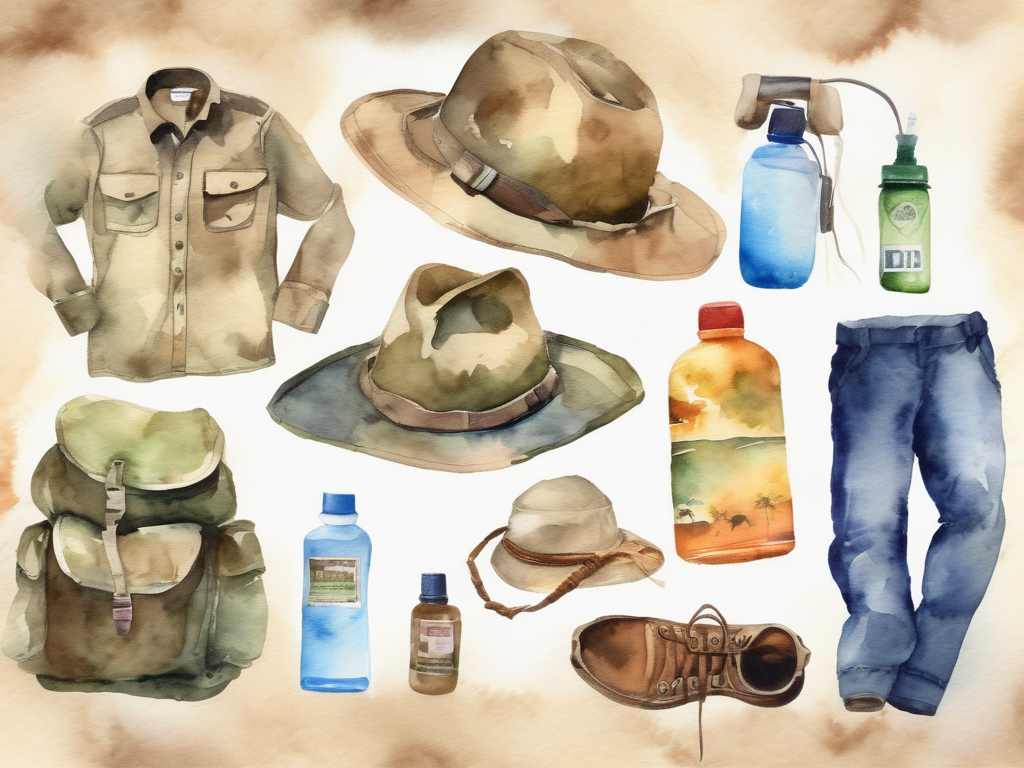
Essential Sun Protection
- High SPF sunscreen - Minimum SPF 50 for African sun
- Wide-brimmed hat - Protects face and neck
- UV-protective sunglasses - Essential for eye protection
- Long-sleeved shirts - Lightweight, breathable fabric
- UV-protective clothing - Look for UPF ratings
- Lip balm with SPF - Often forgotten but crucial
- After-sun lotion - Aloe vera for sunburn relief
- Bandana or buff - Multi-purpose sun protection
- Light-colored clothing - Reflects heat better
- Closed shoes - Protect feet from hot sand/pavement
Cultural Dress Considerations
- Cover shoulders and knees - Especially in Muslim-majority countries
- Loose-fitting clothing - More comfortable and respectful
- Avoid revealing clothing - Even at beach areas
- Bright colors acceptable - African fashion embraces vibrant colors
- Respect local customs - Research specific country requirements
Safari and Adventure Gear
- Khaki/neutral colors - Avoid bright colors on safari
- Sturdy walking boots - For uneven terrain
- Insect repellent - DEET-based for malaria prevention
- Lightweight pants - Protection from thorns and insects
- Fleece or warm layer - For chilly mornings and evenings
- Binoculars - Enhance wildlife viewing experience
North America: Seasonal Extremes and Urban Adventures
North America's vast territory encompasses diverse climates and cultures. From Canadian winters to Mexican beaches, packing requires consideration of extreme seasonal variations and diverse urban environments.
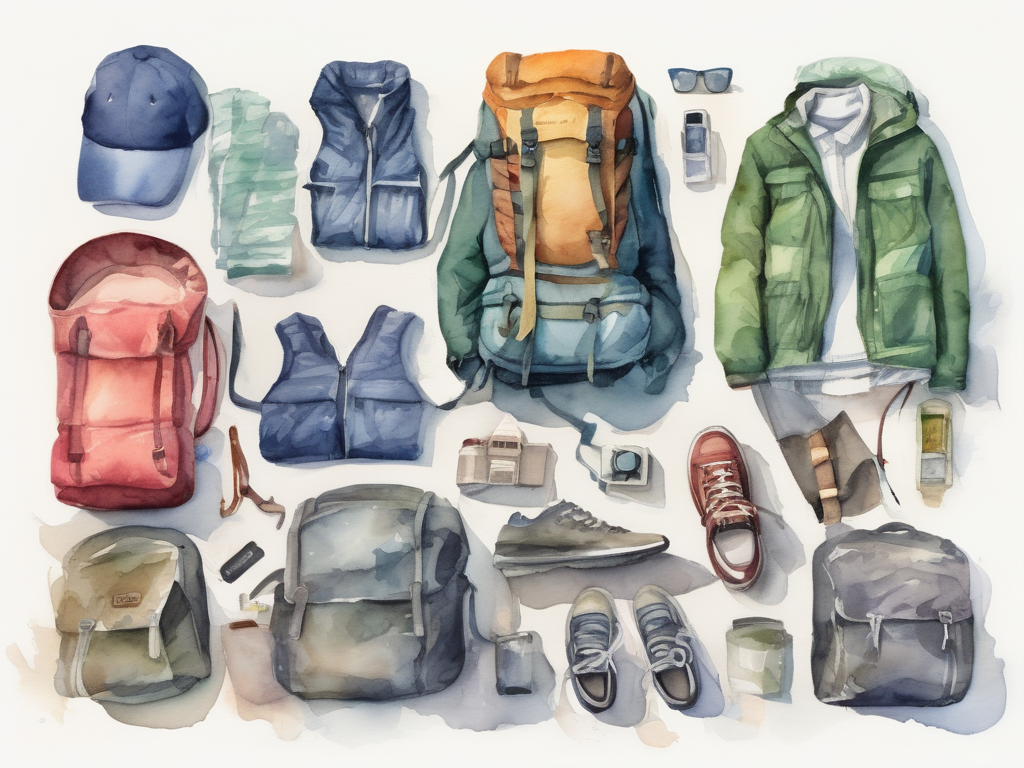
Seasonal Packing Guidelines
Winter (December-February)
- • Heavy winter coat (Canada/Northern US)
- • Thermal underwear and wool socks
- • Waterproof boots with good traction
- • Warm hat, gloves, and scarf
- • Layering system for temperature changes
Summer (June-August)
- • Light, breathable clothing
- • Shorts and t-shirts for casual wear
- • Swimwear for beach destinations
- • Light jacket for air conditioning
- • Comfortable walking shoes
Urban Essentials
- Casual dress style - More relaxed than European standards
- Comfortable sneakers - For lots of city walking
- Crossbody bag - Keep belongings secure in crowds
- Layers for buildings - Air conditioning can be extreme
- Rain jacket - Weather can change quickly
Outdoor Adventure Gear
- Hiking boots - For national parks and trails
- Moisture-wicking clothing - For active pursuits
- Sunscreen and hat - High altitude increases UV exposure
- Insect repellent - For camping and hiking
- Reusable water bottle - Stay hydrated in dry climates
South America: Altitude and Diversity
South America's diverse geography requires versatile packing. According to travel experts, the continent's altitude variations mean you could experience tropical heat and mountain cold in the same day.
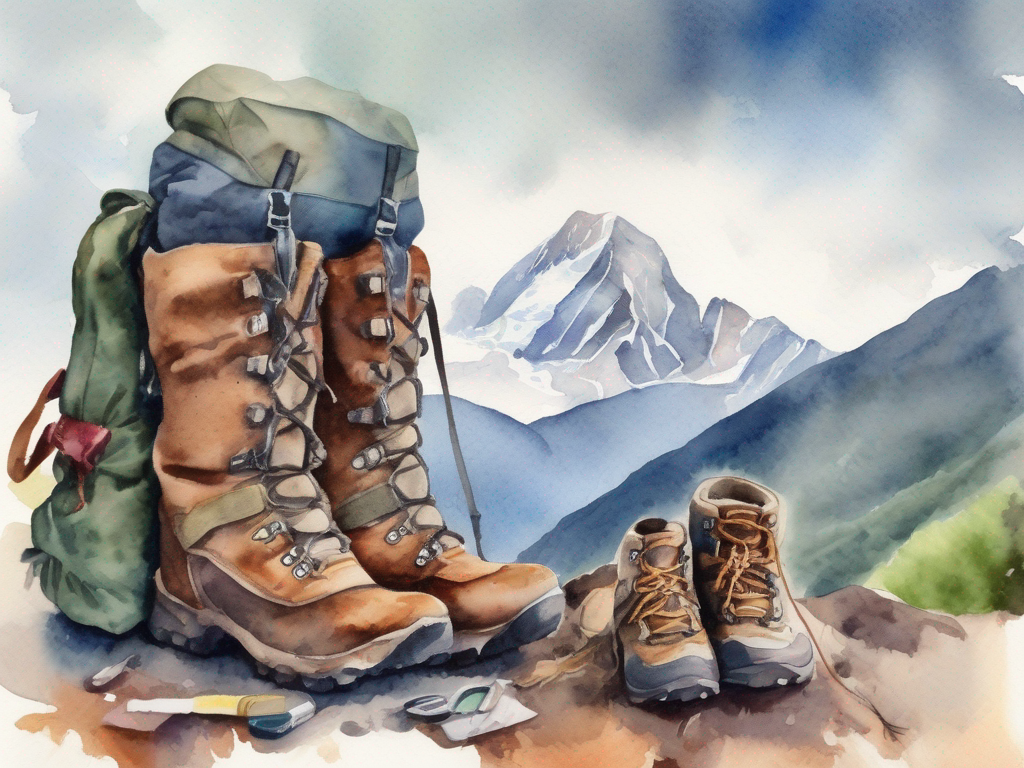
Altitude Considerations
High Altitude Destinations
Cusco, La Paz, Quito (above 3,000m)
- • Warm layers for cold nights
- • UV protection (stronger at altitude)
- • Comfortable walking shoes
- • Coca leaves or altitude sickness medication
Tropical Lowlands
Amazon, coastal areas, Rio de Janeiro
- • Lightweight, breathable fabrics
- • Insect repellent and protection
- • Quick-dry clothing
- • Sandals and flip-flops
Cultural Dress Considerations
- Modest dress appreciated - Especially in conservative areas
- Colorful clothing welcomed - Vibrant colors are part of local culture
- Avoid looking too "touristy" - Blend in for safety
- Dress up for cities - South Americans value appearance
- Beach attire only at beaches - Cover up when leaving coastal areas
Safety and Practical Items
- Sturdy backpack - For overland travel
- Quick-dry towel - Humid climates take forever to dry
- Water purification tablets - For remote areas
- Cash belt - ATMs not always available
- Flashlight/headlamp - Power outages are common
- First aid kit - Healthcare may be limited in remote areas
Oceania: UV Protection and Outdoor Gear

Australia and New Zealand have some of the world's highest UV levels, making sun protection crucial. The outdoor-focused culture means packing appropriate gear for hiking, beaches, and adventure activities.
Extreme UV Protection
- SPF 50+ sunscreen - Reapply every 2 hours
- UV-protective clothing - Long sleeves with UPF rating
- Wide-brimmed hat - Minimum 7cm brim all around
- Quality sunglasses - Category 3 or 4 UV protection
- Zinc stick - For nose and lips
- Rash guard - For swimming and water activities
- After-sun care - Aloe vera gel for sunburn
- Seek shade accessories - Beach umbrella or shelter
- Closed shoes - Hot sand and pavement protection
- Light-colored clothing - Reflects heat and UV
Outdoor Adventure Essentials
- Hiking boots - For diverse terrain
- Waterproof jacket - Weather changes quickly
- Layering system - Temperature variations
- Insect repellent - For bushwalking
- First aid kit - Remote areas require self-sufficiency
- Headlamp - For early morning hikes
Seasonal Considerations
- Remember seasons are reversed - Summer is Dec-Feb
- Winter layers needed - Can be cold, especially in mountains
- Rain gear essential - Frequent rain in many areas
- Thermal clothing - For Tasmania and New Zealand winters
- Swimwear year-round - Many areas have warm water
Smart Packing Strategies
Color Coordination System
- Choose 2-3 base colors - Everything should mix and match
- Stick to neutrals - Black, navy, gray, beige work everywhere
- Add one accent color - Scarf or accessories for variety
- Dark colors hide stains - Practical for long-term travel
- Avoid white - Shows dirt and requires frequent washing
Multi-Purpose Items
- Sarong - Beach cover, towel, blanket, scarf
- Scarf - Warmth, style, head covering, pillow
- Leggings - Underwear, sleepwear, layering
- Cardigan - Warmth, style, pillow, blanket
- Dress - Casual day wear, dressy evening wear
Packing Organization
Packing Cubes
- • Separate by category (tops, bottoms, underwear)
- • Roll clothes instead of folding
- • Use compression cubes for bulky items
- • Label cubes for easy identification
Weight Distribution
- • Heavy items closest to your back
- • Fragile items in center compartments
- • Daily essentials in top pockets
- • Keep weight under 15kg if possible
Carry-On Essentials
- • Change of clothes
- • Medications and toiletries
- • Travel documents
- • Phone charger
Safety and Cultural Considerations
Items to Avoid by Region
Conservative Countries
- • Shorts above the knee
- • Tank tops or sleeveless shirts
- • Tight or form-fitting clothing
- • Low-cut tops
- • Transparent or sheer fabrics
General Safety
- • Expensive jewelry or watches
- • Designer bags or obvious luxury items
- • Revealing clothing in urban areas
- • Camouflage patterns (illegal in some countries)
- • Items with offensive slogans
Local Shopping Opportunities
According to experienced travelers, buying clothes locally can be both economical and culturally enriching:
Best Regions for Shopping
- Southeast Asia - Incredibly affordable, suits climate
- India - Beautiful fabrics, perfect for local weather
- South America - Alpaca wool, colorful textiles
- Turkey - Quality cotton, traditional designs
When to Pack Everything
- Europe - Expensive, bring what you need
- Oceania - Limited selection, high prices
- Remote areas - Anywhere with limited shopping
- Specific sizes - If you're not average size
Frequently Asked Questions
How much should I pack for a solo trip?
Aim for a backpack or suitcase you can lift and carry yourself. Most experienced solo female travelers recommend packing for 7-10 days maximum, then doing laundry regularly. This keeps your bag manageable and gives you flexibility to buy local items.
Should I pack differently for different seasons?
Absolutely. Research the climate and season for your destination. Remember that seasons are reversed in the Southern Hemisphere. Always pack layers as temperatures can vary significantly between day and night, especially at altitude.
What if I forget something important?
Most items can be purchased locally, often at lower prices than home. Essentials like medications should always be packed, but clothing, toiletries, and even some electronics can be found worldwide. This is part of the adventure of travel!
How do I know if my clothing is culturally appropriate?
Research your destination's cultural norms and dress codes. When in doubt, err on the side of modesty. Covering shoulders and knees is generally safe in most conservative countries. Observe local women and dress similarly to blend in.
Pack Smart, Travel Confidently
Packing as a solo female traveler is about balancing safety, cultural respect, and practical comfort. By understanding regional requirements and packing strategically, you can focus on the incredible experiences that await you rather than worrying about what you forgot to bring.
Key Takeaways:
- • Safety first - Pack personal safety items regardless of destination
- • Research cultural norms - Dress appropriately to show respect and blend in
- • Climate matters - Pack for the specific weather conditions you'll face
- • Versatility wins - Choose items that serve multiple purposes
Ready to start your solo adventure? Read our complete safety guide for the safest destinations and essential travel tips.
